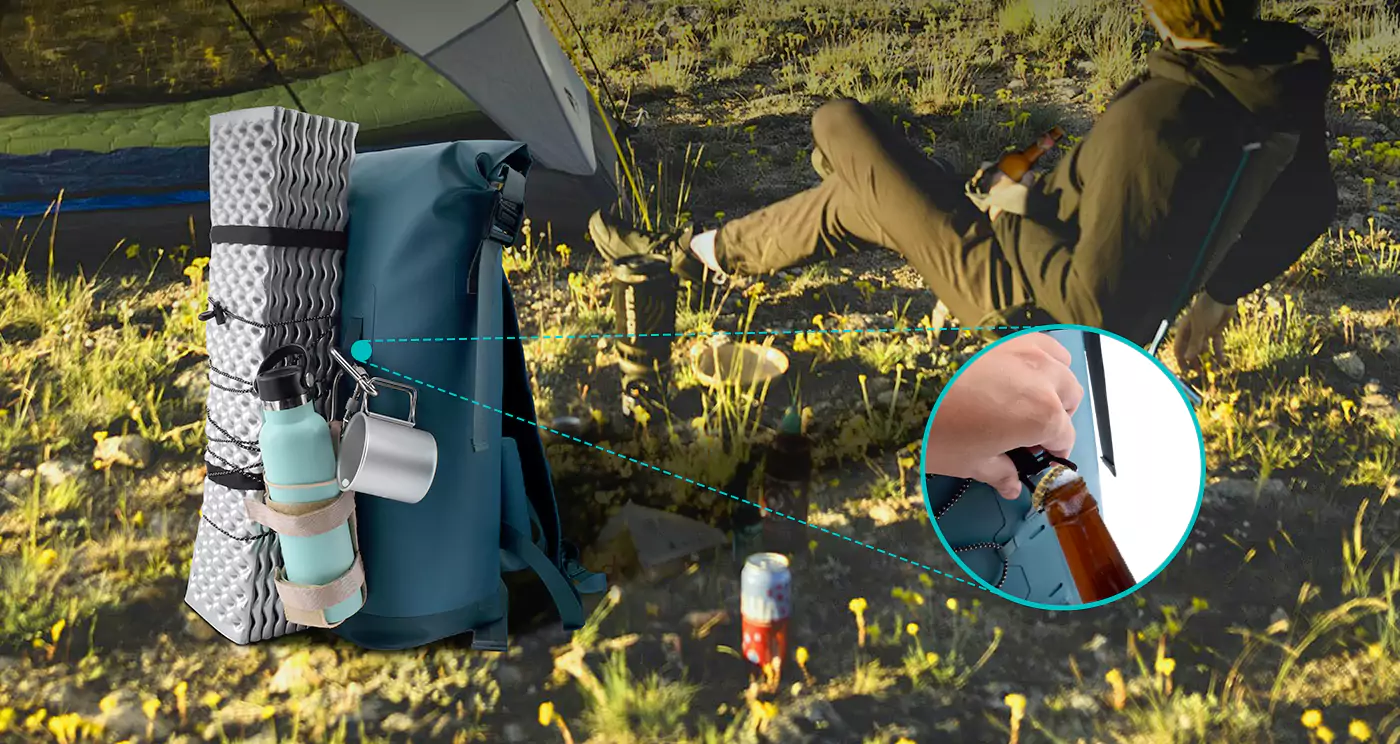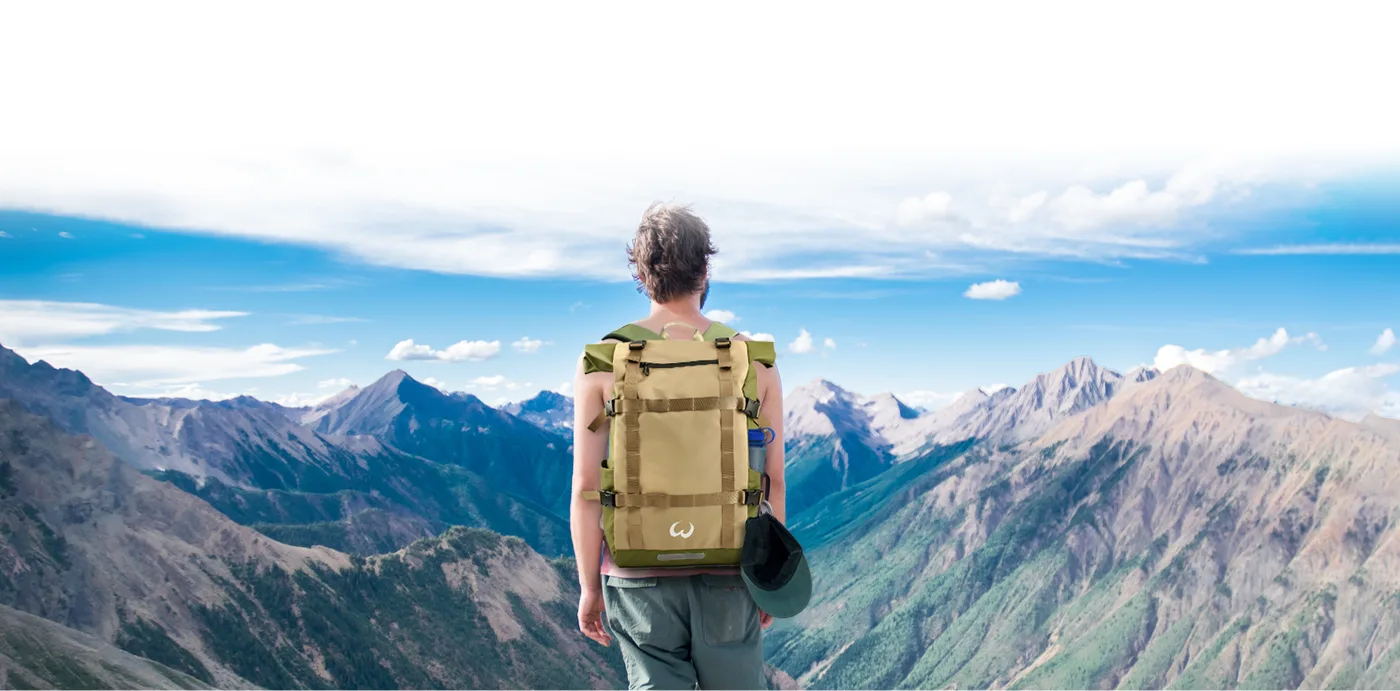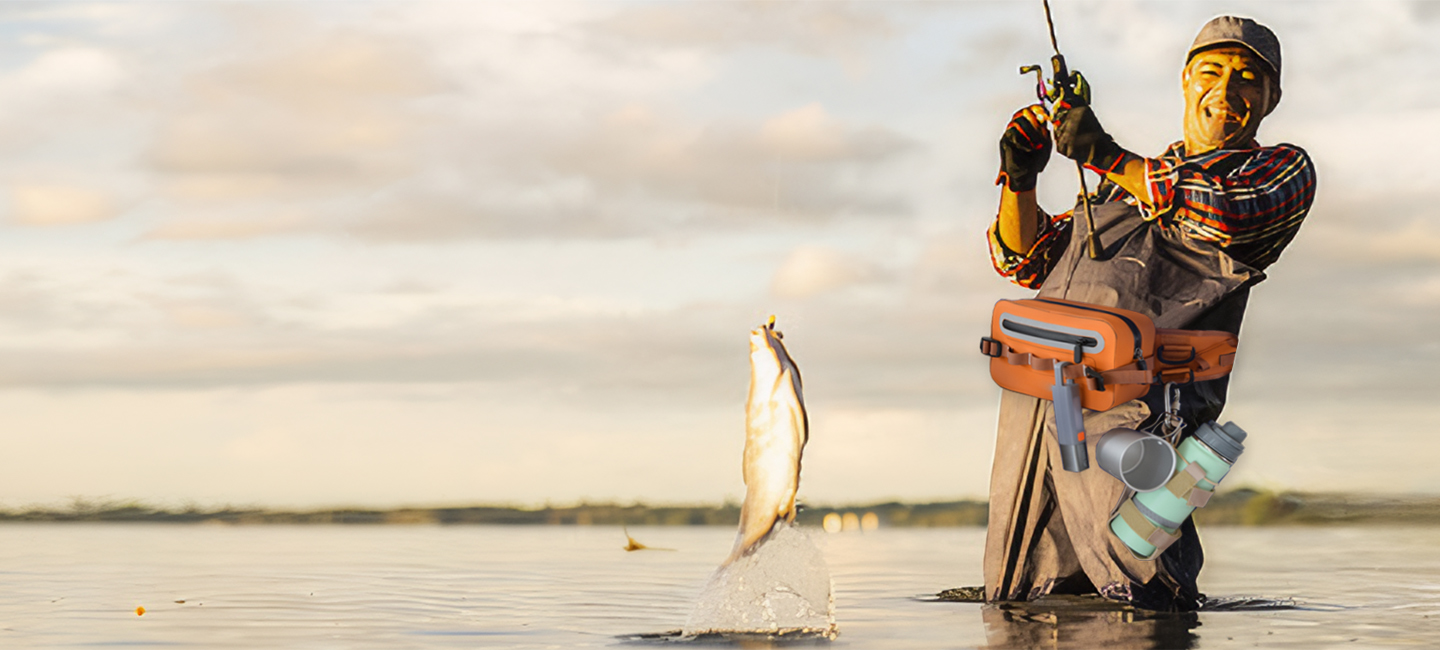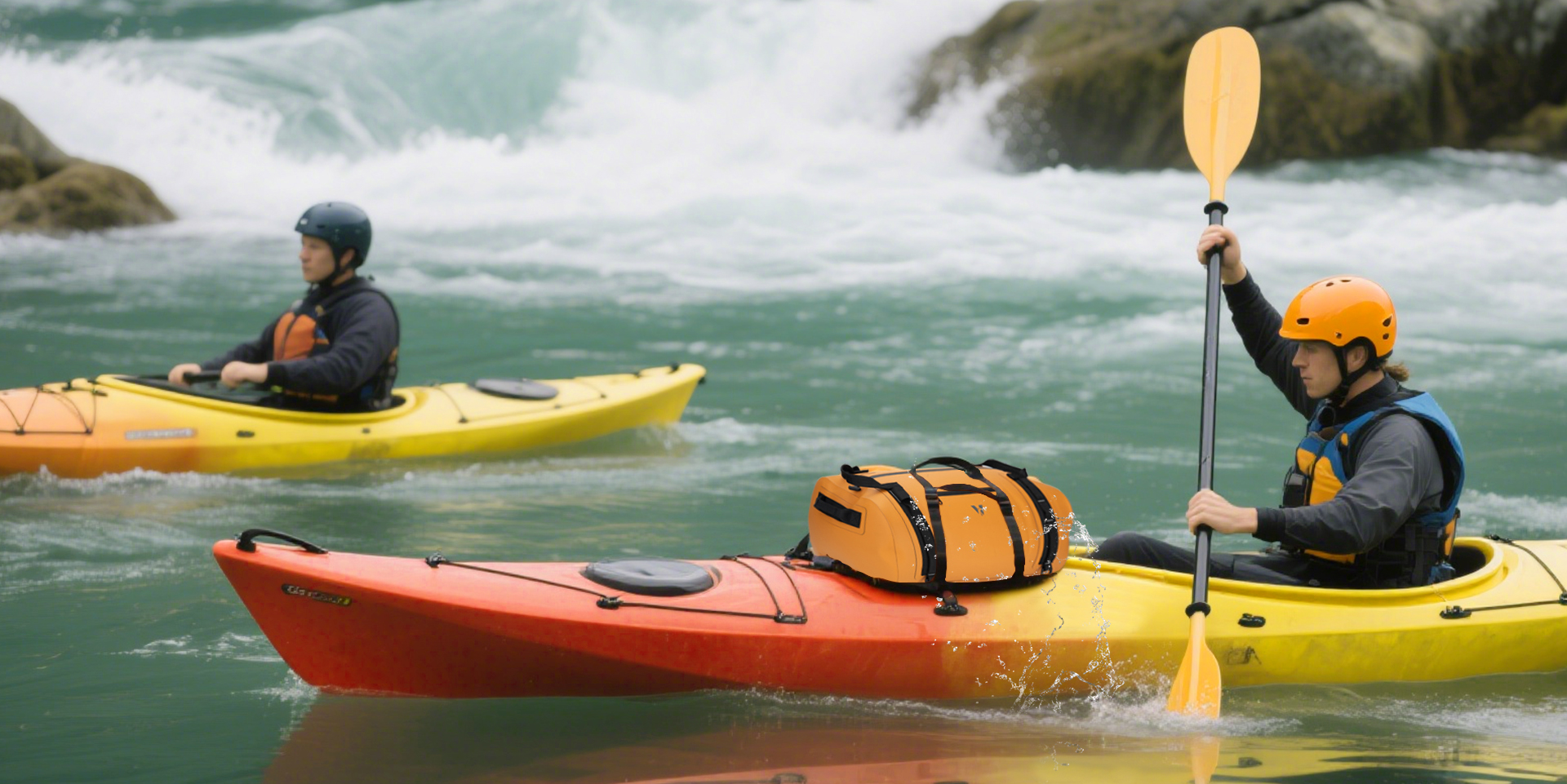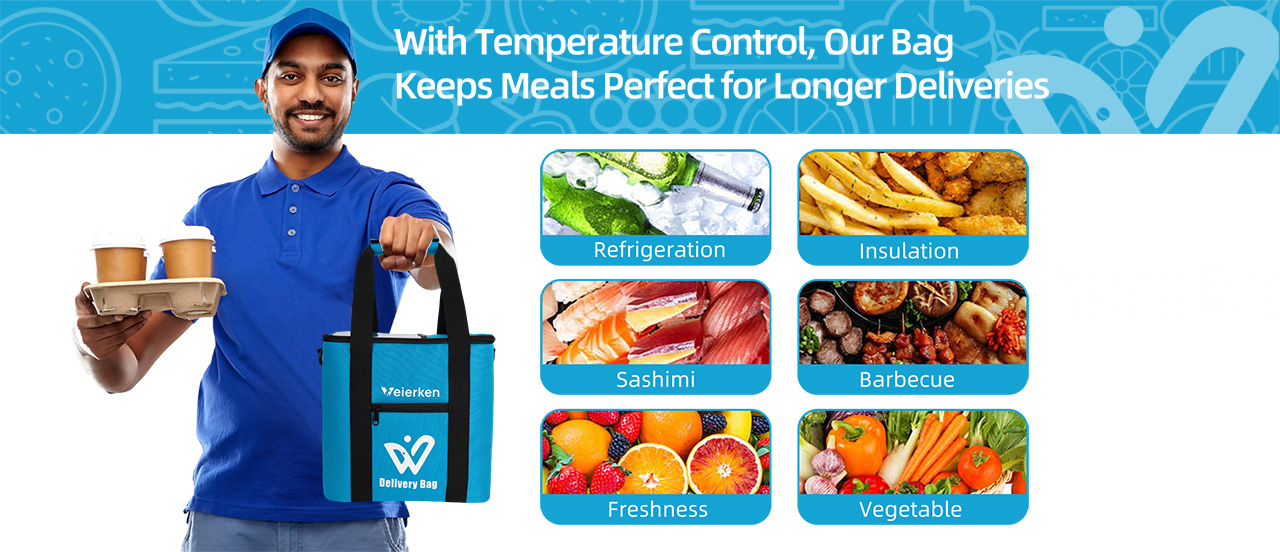In the competitive landscape of branded products, selecting the right manufacturing partner for waterproof bag odm services can make or break your supply chain efficiency and market success. As a procurement manager or brand customizer, you’re not just buying products—you’re investing in a partnership that delivers reliability, innovation, and scalability. This article dives into the core aspects of waterproof bag odm from a B2B perspective, addressing critical pain points like customization bottlenecks, compliance hurdles, and tight delivery schedules. Weierken, a seasoned player in the waterproof bag odm space, exemplifies how a supplier can align with your strategic goals, offering end-to-end support from design to delivery. Whether you’re sourcing for outdoor gear, corporate promotions, or industrial use cases, understanding these facets ensures you make informed decisions that drive ROI and brand differentiation.
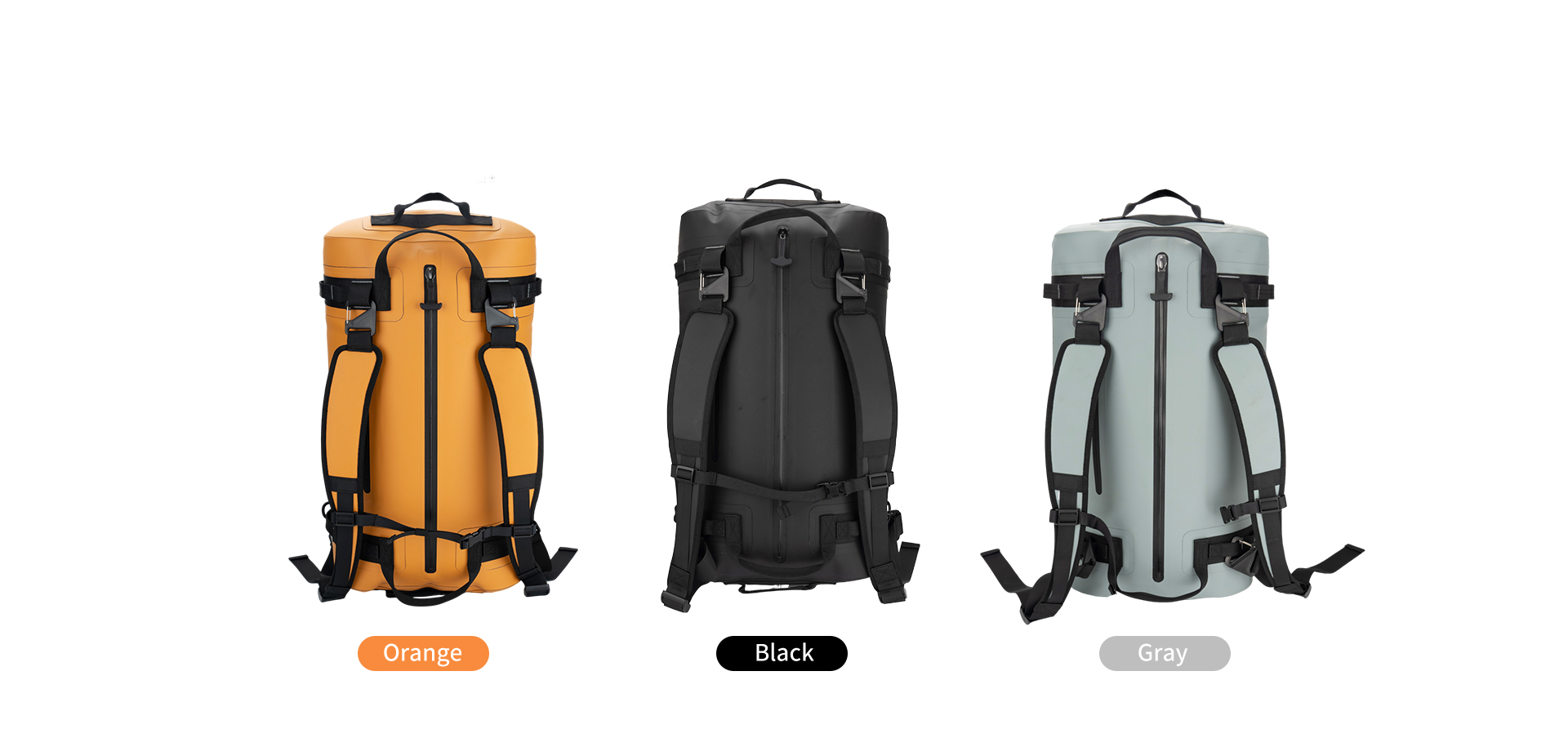
The Strategic Importance of Waterproof Bag ODM in B2B Markets
For procurement professionals and brand owners, waterproof bag odm isn’t merely about product acquisition—it’s a strategic lever for achieving cost-efficiency, quality control, and market agility. In industries like outdoor recreation, corporate merchandising, and logistics, the demand for durable, custom-designed waterproof bags hinges on overcoming specific pain points. For instance, brands often struggle with inconsistent quality in mass production or delays in prototype approvals, which can derail product launches. By partnering with an experienced waterproof bag odm provider like Weierken, you gain access to tailored solutions that address these challenges head-on. This section explores how a focused ODM approach mitigates risks and enhances your supply chain’s resilience.
Common Scenarios and Pain Points for Brand Customizers
Consider a scenario where a brand needs to launch a line of waterproof backpacks for a seasonal outdoor campaign. Pain points include:
- Design Flexibility: Limited in-house R&D resources leading to generic products that fail to stand out.
- Compliance Risks: Navigating evolving environmental regulations, such as REACH or GRS standards, without expert guidance.
- Supply Chain Delays: Peak season bottlenecks causing missed deadlines, especially when standard delivery cycles exceed 60 days.
- Quality Inconsistencies: Subpar materials or construction, like inadequate seam sealing, resulting in returns and brand damage.
A proficient waterproof bag odm partner helps alleviate these issues by integrating co-design processes, stringent quality checks, and flexible production planning. Weierken, for example, supports brands with rapid prototyping and material testing, ensuring that each bag meets specific usage demands—be it for hiking, marine activities, or industrial tool storage.
Core Procurement Factors in Waterproof Bag ODM Selection
When evaluating waterproof bag odm suppliers, procurement teams must prioritize factors that impact long-term viability and compliance. Below, we break down the essential elements, drawing on industry benchmarks and Weierken’s operational framework to illustrate best practices.
R&D Capabilities: Driving Innovation from Concept to Sample
A robust R&D division is the backbone of effective waterproof bag odm services. It encompasses market research to identify trends (e.g., rising demand for eco-friendly materials), design support via CAD and 3D modeling, and iterative sampling to refine functionality. For instance, Weierken’s ODM process includes:
- Market Insight Analysis: Studying consumer behavior to recommend features like roll-top closures or hydration compartments.
- Prototyping and Iteration: Delivering physical samples within 10–15 days, with revisions based on feedback to optimize elements like strap ergonomics or waterproof zippers.
- OEM/ODM Flexibility: Offering both OEM (client-provided designs) and ODM (full custom development) options, allowing brands to scale from minimal to extensive customization.
This approach ensures that your waterproof bag odm project aligns with market needs while reducing time-to-market.
Environmental Compliance and Sustainability Trends
In today’s regulatory environment, eco-compliance isn’t optional—it’s a competitive advantage. Procurement leaders must verify that waterproof bag odm partners adhere to standards like:
- Material Certifications: Use of RPET (recycled polyester) or PVC-free fabrics, backed by GRS (Global Recycled Standard) verification.
- Chemical Regulations: Compliance with REACH for restricted substances and FDA standards for food-contact safe components (e.g., in lunch bags).
- Social Accountability: BSCI audits ensuring ethical labor practices, which bolster brand reputation.
Weierken integrates these into its waterproof bag odm workflows, such as sourcing GRS-certified materials for reduced carbon footprint and providing documentation for seamless client audits.
Managing Lead Times: Capacity and Delivery Cycles
Delivery reliability is paramount, especially during high-demand periods. A transparent waterproof bag odm supplier should outline:
- Production Capacity: Weierken’s facilities support annual outputs of 500,000+ units, with flexible lines for small to large batches.
- Delivery Windows: Standard cycles of 25–45 days for repeat orders and 45–65 days for new designs, including buffer periods for quality assurance.
- Peak Season Strategies: Reserved capacity for urgent replenishments, minimizing disruptions for brands facing unexpected demand spikes.
This predictability helps procurement teams plan inventory and marketing campaigns with confidence.
Certifications and Quality Assurance
Certifications validate a supplier’s commitment to excellence. Key benchmarks in waterproof bag odm include:
- ISO 9001: Ensuring consistent quality management systems.
- BSCI: Promoting socially responsible production.
- Product-Specific Tests:(e.g., 3000mm waterproof rating) and abrasion resistance checks.
Weierken maintains these credentials, conducting in-house lab tests to verify durability metrics like peel strength of welded seams—a common failure point in waterproof bags.
Weierken’s Approach to Elevating Your Waterproof Bag ODM Projects
Weierken stands out in the waterproof bag odm landscape by merging technical expertise with client-centric services. From initial consultation to final shipment, their team collaborates with brands to optimize designs for manufacturability, cost, and performance. For example, they’ve assisted clients in developing IP67-rated dry bags for water sports, incorporating features like transparent pockets and reinforced handles based on user feedback. By leveraging their waterproof bag odm capabilities, brands can reduce development costs by up to 20% while accelerating time-to-market. In one case, Weierken helped a corporate client launch a branded promotional line within 30 days, thanks to their agile sampling and modular production systems.
Frequently Asked Questions (FAQs)
Q1: What is the typical minimum order quantity (MOQ) for custom waterproof bag ODM projects?
A1: MOQs vary based on design complexity and materials, but standard waterproof bag odm orders at Weierken start at 500–1000 units. For simpler OEM adjustments, lower quantities may be negotiable to accommodate small-batch testing.
Q2: How do you ensure waterproof integrity in bag seams and zippers?
A2: We employ high-frequency welding and tape-sealing techniques for seams, coupled with waterproof YKK zippers. Each unit undergoes rigorous testing, including spray simulations, to achieve ratings like IPX6 or higher, ensuring reliability in wet environments.
Q3: Can you support sustainable material options, such as recycled fabrics?
A3: Absolutely. Our waterproof bag odm services include RPET, organic cotton, and GRS-certified nylon, with compliance documentation provided. We also guide clients on balancing eco-features with cost and durability requirements.
Q4: What is your process for handling design changes during production?
A4: We maintain a flexible iteration workflow; minor modifications can be incorporated within 5–7 days without significant delays. For major changes, we reassess timelines and costs transparently, aiming to minimize disruption to your schedule.
Q5: How do you manage quality control for large-volume orders?
A5: Our QC team conducts inline inspections and pre-shipment audits, checking for defects in stitching, hardware, and waterproofing. We also support third-party inspections and provide detailed reports to ensure alignment with your standards.
By focusing on these procurement-centric factors, brands can forge partnerships that not only meet immediate needs but also foster long-term growth. Weierken’s dedication to innovation and compliance in waterproof bag odm makes them a reliable ally in navigating the complexities of custom manufacturing. As you evaluate suppliers, prioritize those who demonstrate a deep understanding of your industry’s nuances—because in B2B, the right partnership is the ultimate competitive edge.
